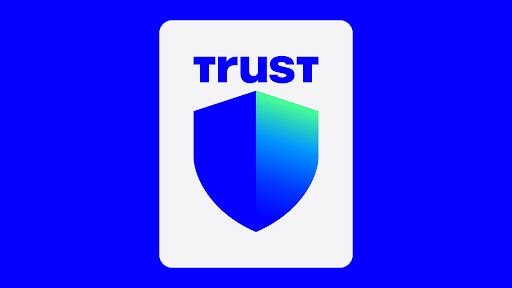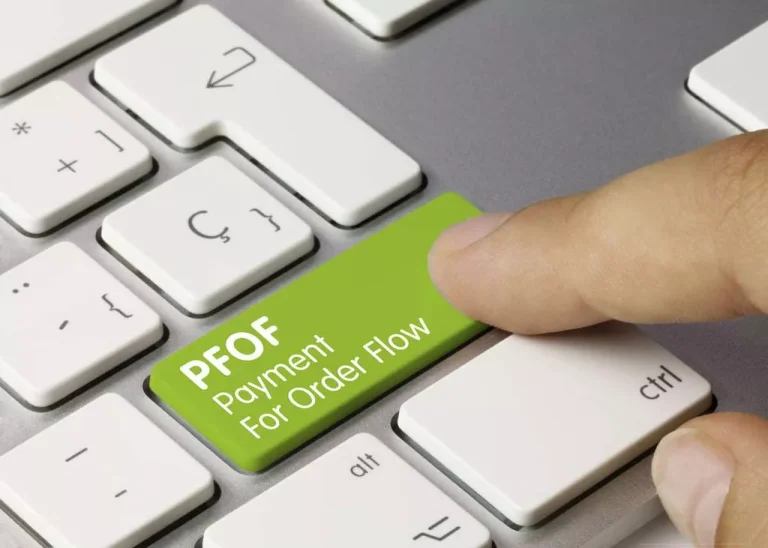Assistant with Bard might get a rebrand before its release
Google’s Bard chatbot finally launches in the EU, now supports more than 40 languages
The only thing we do know is the bots are collectively codenamed Motoko. But on a day when Microsoft added AI image generation to its Bing Chat, and shortly after Runway debuted AI text-to-video, you can forgive the world for just shrugging its shoulders at Bard. We said in May that we wanted to make Bard more widely available, including in the European Union, and that we would do so responsibly, after engagement with experts, regulators and policymakers. Next to this, the widget also moves its refresh button to a more convenient location, easily allowing up-to-the-minute information. Previously, the refresh button was tucked away at the bottom of the widget (usually requiring you to scroll down). Where the current iteration focuses on clean visuals, primarily showing one particular stock’s current price and recent movement, the new widget adds a bit more utility.
Google’s ChatGPT rival Bard is coming to search results next month
- It would seem odd that the Galaxy S24 is on this list, however, Google and Samsung have a tight-knit partnership.
- With today’s launch, it seems that Google has now given the DPC what it was looking for.
- Not to be outdone by Bing, Google is bringing generative AI to search results next month.
- In a recent blog post, the company’s CEO outlined the developments leading to the Bard and how it will be used to improve the quality of the results of the world’s leading search engine.
- We said in May that we wanted to make Bard more widely available, including in the European Union, and that we would do so responsibly, after engagement with experts, regulators and policymakers.
This will take the existing voice assistant and supercharge it with generative AI. In fact, Google Assistant with Bard will be limited to only Tensor-powered Pixels and the Galaxy S24 at launch. After Bard generates a response, a “Google it” button attached to the answer can open a new tab with a related search results page.
Galaxy Z Fold 7 is a hit as it outsells Flip 7 for the first time in Samsung’s home country
As outlined in the blog post, one of the main tasks of the bot will be to gather information from the web and contextualize it into an easily understandable and digestible format. For instance, the AI can compare two movies and give insight into which one is better. The AI system can even evaluate the difficulty of learning two musical instruments and come to a conclusion. 9to5Google dug into version 15.2 of the Google app and found that the company has renamed Assistant with Bard to Bard. Check the screenshots below (old on the left, new on the right), courtesy of the outlet. First, it may be possible to create customized bots using the AI’s tool.
In fact, its blog post seems quite muted, as if it’s simply trying to stand at the plate and not strike out. On the productivity side, Bard can now export code to more places — specifically Python code to Replit, the browser-based integrated development environment. Images can be used in prompts — users can upload images with prompts (only in English for now) and Bard will analyze the photo. New options allow users to pin, rename and pick up recent conversations with Bard. And Bard’s responses can now more easily be shared with the outside world through links. While Bard initially opened for early access with an English version, starting in the U.S. and U.K.
When he’s not busy testing gear or writing, Abid can often be found researching emerging technologies, learning about industry shifts, or geeking out over new product launches. His curiosity and dedication to the tech world ensure that he’s always ahead of the curve, bringing fresh perspectives to every article he writes. ChatGPT is the handiwork of OpenAI, an AI company with heavy backing from Google rival Microsoft. While we haven’t gotten official word yet, tipsters on the Google News Telegram have perhaps found the strongest evidence to date that Assistant with Bard is coming soon. The group shared a demo video of Google Assistant with Bard from the Pixel Tips app, which is used to show off new features to users. Though it isn’t publicly available yet, the demo video signals that a release is on the horizon.
Some were telegraphed and previewed in early May, but today marks their broad rollout. As for when it’s going to make it to other devices, we’re all in the dark. Google said that it’s going to be testing this new feature with a limited audience over the next several months. This means that older Pixels and all of the other phones could be on the bench for quite some time. The video shows that activating Google Assistant with Bard will work similarly to triggering Google Assistant today.
Google wanted to launch the ChatGPT competitor the same week Microsoft showed what Bing is capable of after integrating ChatGPT technology. Last month Google expanded its generative AI chatbot, Bard, to over 180 countries across the globe, but that excluded the whole of the European Union. Now, a new report claims Bard won’t come to the EU anytime soon over privacy concerns. Bloomberg’s story follows an Insider piece in April that found that Bard-testing contractors weren’t given enough time to corroborate and check the chatbot’s most accurate answer. During the Pixel event, Google announced something that we all expected, Assistant with Bard.
According to the company, the feature is only available to “trusted testers.”












